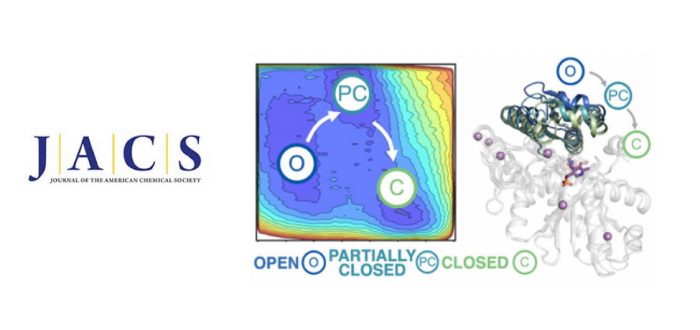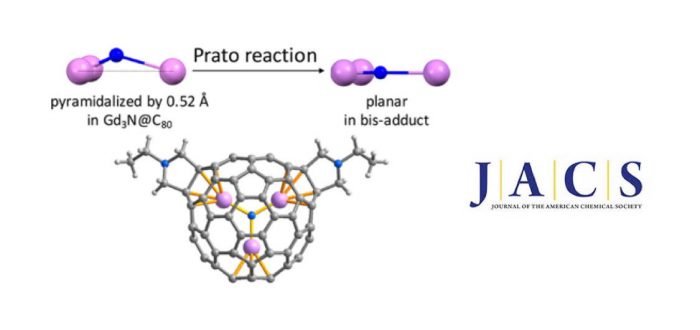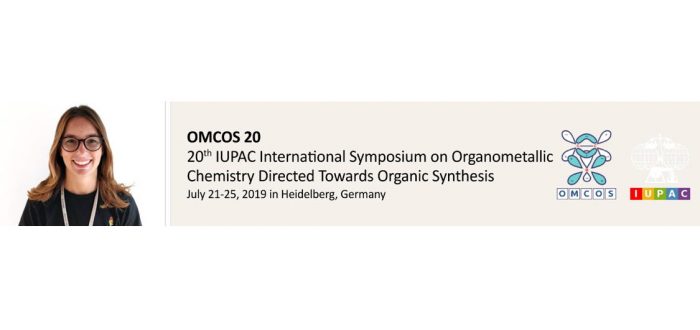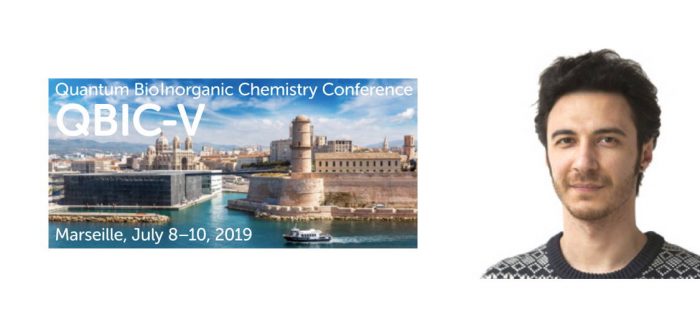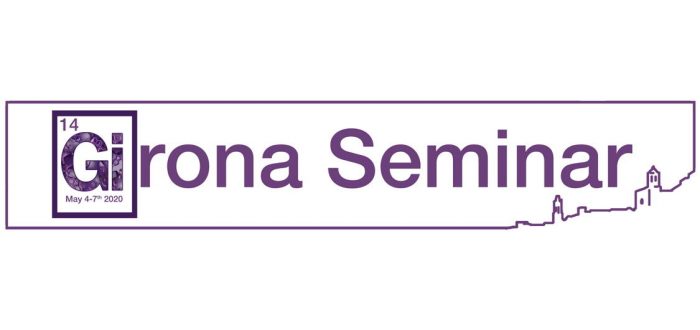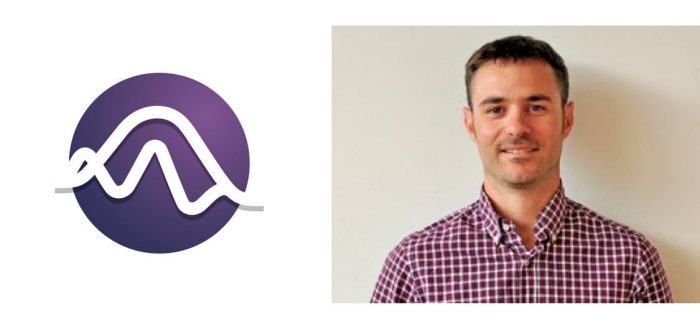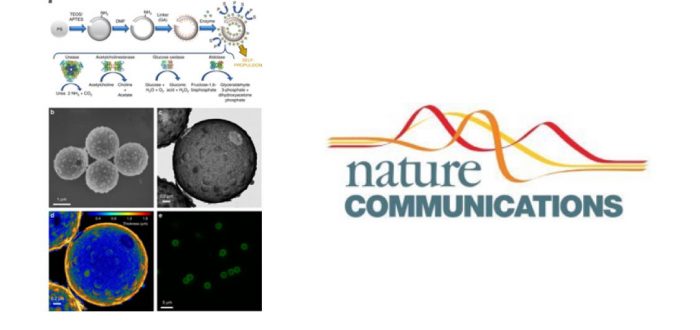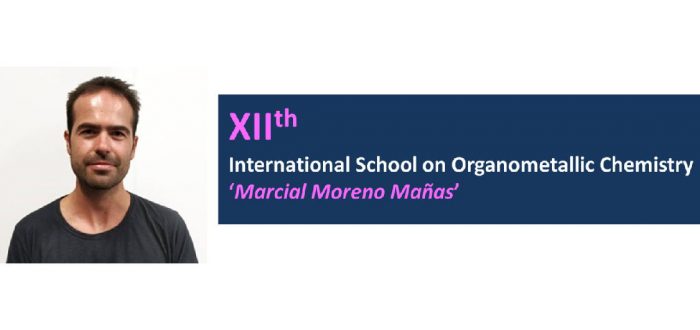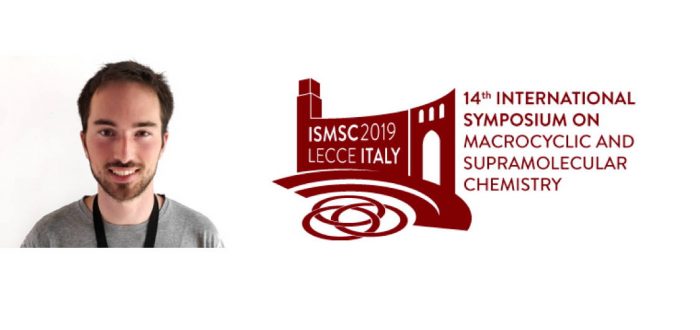Multimeric enzyme complexes are ubiquitous in nature and catalyze a broad range of useful biological transformations. They are often characterized by a tight allosteric coupling between subunits, making them highly inefficient when isolated. A good example is Tryptophan synthase (TrpS), an allosteric heterodimeric enzyme in the form of an abba complex that catalyzes the biosynthesis of
- sec.iqcc@udg.edu
- +34 972 41 83 57
News
The structures of two bis-ethylpyrrolidinoadducts of Gd3N@Ih-C80, obtained by regioselective 1,3-dipolar cycloadditions, were elucidated by single crystal X-ray, visible-near infrared (vis-NIR) spectra, studies on their thermal isomerization, and theoretical calculations. The structure of the minor-bis-adduct reveals a C2-symmetric carbon cage with [6,6][6,6]-addition sites and with an endohedral Gd3N cluster that is completely flattened. This is
During the 20th IUPAC International Symposium on Organometallic Chemistry Directed Towards Organic Synthesis (OMCOS 20) that was held from July 21 to 25 in Heidelberg, Germany, Carla Magallon won the poster prize. Her poster had as title “Synthesis and characterization of organometallic iron complexes for gaining mechanistic insights in cross-coupling reactions”. Congratulations Carla!
Next Tuesday (23th of July, 11.20 h – 14.00 h) will take place the Summer edition of the IQCC Forum, a quarterly meeting-place where high-quality science will be discussed. The IQCC Forum gives the opportunity for PhD and postdoc members of the IQCC to present their work to a wide audience. This will lead to
After having won last year three times the poster prize at different conferences (Girona, Berlin, Liverpool), this week Lorenzo D’Amore won the Poster Prize at QBIC-V in Marseille. Congratulations Lorenzo!!!!
Next year (May 4-7th) there will be the main event of the year Girona Seminar 2020 and the corresponding Young Researchers Symposium. The meetings will be held from May 4-7, 2020 at the Auditorium of the Centre Cultural “La Mercè” in the city of Girona (Spain). The Girona Seminar has an outstanding reputation for excellence and highly engaged discussion,
Last week the University of Girona announced that Dr. Agustí Lledó has been appointed as a new associate professor. Agustí Lledó (Barcelona, 1980) received his PhD in Chemistry at the University of Barcelona (UB) in 2006 and did two postdoctoral research at the Scripps Research Institute (2007-2010) and IRB Barcelona (2010-2014). Since 2014 he is a
Bio-catalytic micro- and nanomotors self-propel by the enzymatic conversion of substrates into products. Despite the advances in the field, the fundamental aspects underlying enzyme-powered self-propulsion have rarely been studied. In this work, we select four enzymes (urease, acetylcholinesterase, glucose oxidase, and aldolase) to be attached on silica microcapsules and study how their turnover number and
During the XIIth International School on Organometallic Chemistry “Marcial Moreno Mañas” (ISOC MMM 2019) that was held from June 12th to 14th 2019 in Castellón, Giorgio Olivo won the oral presentation prize for his talk about “Supramolecular control of selectivity in C(sp3)-H oxidation”. Congratulations Giorgio!
At the 14th International Symposium on Macrocyclic and Supramolecular Chemistry (ISMSC) in Lecce (Italy) from 2-6 of June, Ernest won one of the Poster Prizes sponsored by IUPAC, for his poster on “Matryoshka-Like Supramolecular Structure That induce The Regioselective Functionalization of C60”. Congratulations Ernest!

